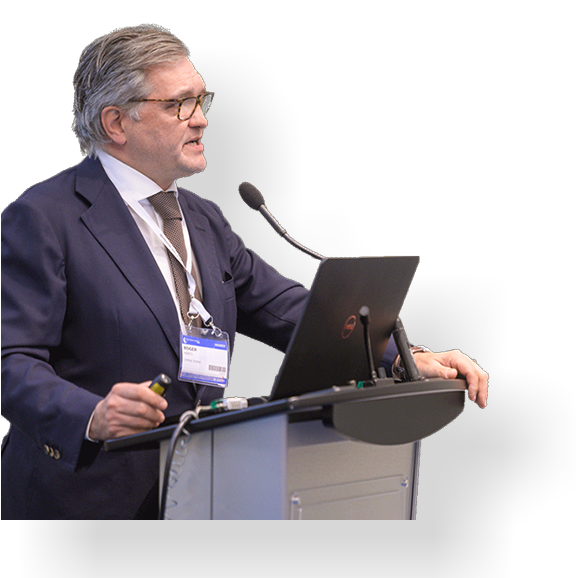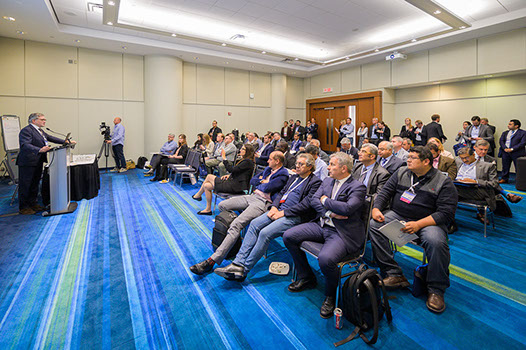feature storY
HIGHLIGHTS

AOSpine’s new MISS curriculum was officially launched at the Global Spine Congress 2019, May 15–18, in Toronto, Canada. The curriculum creates a pathway for surgeons into MISS and aims to guide them from simple to complex procedures, and is independent of surgeon’s background, training level, and accessible resources a surgeon has access such as surgical tools. The goal of the development process was to create an applicable and practicable curriculum for all surgeons practicing MISS worldwide.
The MISS Task Force, led by Roger Härtl (United States), consisted of specialists from around the globe: Richard Assaker (France), Mohammed Assous (Jordan), Christoph Hofstetter (United States), JinSung Kim (Korea), Avelino Parajon (Spain), Néstor Taboada (Colombia) and Paul Taylor (Australia). In developing the new curriculum, the task force focused on key objectives in the following focus areas and competencies:

MISS curriculum launch at the Global Spine Congress Toronto.
Focus areas
Target: optimized patient selection
Technology: optimal combination of access, visualization, navigation, instrumentation, and biologic augmentation techniques including microsurgery, neural protection, decompression, and stabilization
Training: simulation, observation, mentorship
Testing the boundaries: MISS for deformity and robotics
Technique: Microsurgery, neural protection, decompression, stabilization
Competencies
- Diagnose the patient problem correlating the clinical findings with imaging and workup.
- Recognize appropriate indications based on your skill set and case experience and outcomes.
- Select the appropriate MISS procedure for the pathology and indication and recognize when MISS is not the appropriate option.
- Correctly set up the technology, operating room (OR), and the team for the procedure.
- Perform microscopic MISS procedures: posterior cervical foraminotomy, interlaminar lumbar discectomy, lumbar extraforaminal discectomy, and unilateral laminotomy for bilateral decompression.
- Perform endoscopic MISS procedures: interlaminar lumbar discectomy, transforaminal lumbar foraminotomy and discectomy, and unilateral laminotomy for bilateral decompression.
- Perform the fusion MISS procedures (percutaneous screw and rod placement, transforaminal lumbar interbody fusion [TLIF] and lateral lumbar interbody fusion [LLIF]) and apply strategies to optimize arthrodesis.
- Manage complications and apply a backup plan.
- Use MISS techniques for revision surgery.
Target audiences
- Surgeons doing open surgery but with little or no MISS experience.
- Surgeons with some experience with microscopes and tubes but not for complex MISS.
- Surgeons with experience in MISS who use microscope and burr.
- Surgeons of any level with no endoscopic experience.
The MISS Task Force aims for AOSpine to become the leading educator in minimally invasive techniques and procedures and to meet surgeons’ needs for improved surgical outcomes and reduced morbidity.
Watch the interview with Roger Härtl, MISS Taks Force Leader at AOSpine, in which he shares why AOSpine decided to introduce an minimally invasive spine surgery curriculum, what the content is and how the curriculum was developed.
Watch Facebook live video streaming from the launch and learn about the curriculum in greater detail:
AOSpine launches new Minimally Invasive Spine Surgery (MISS) curriculum
Newsletter 22 | August 2019
Newsletter 22
August 2019
feature story
HIGHLIGHTS